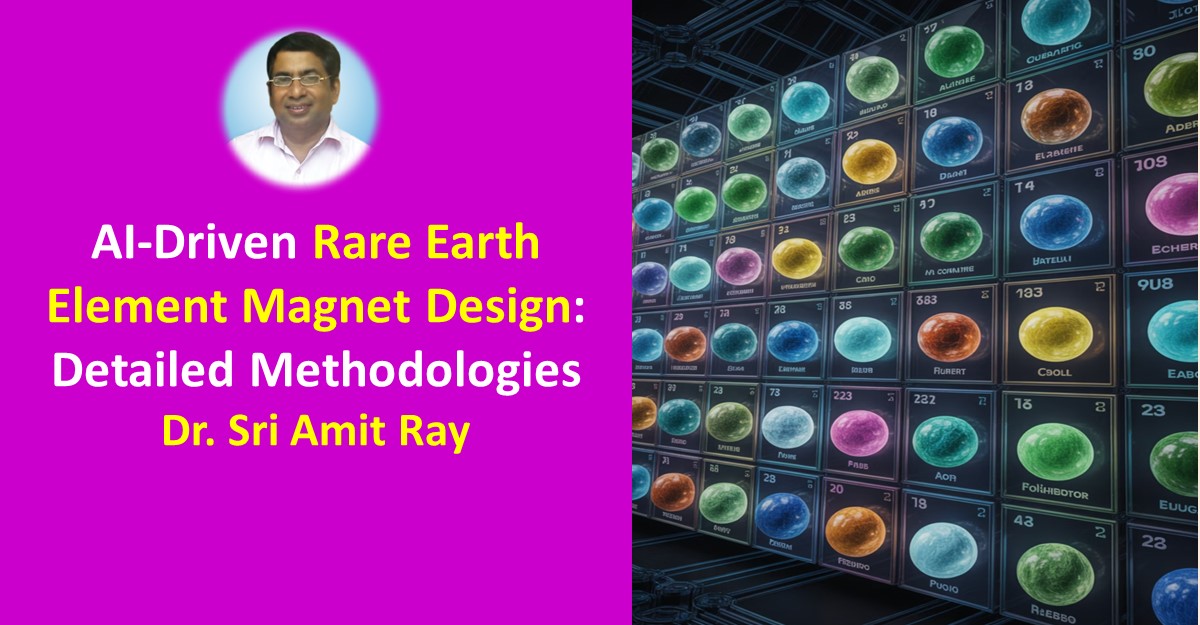Rare-earth elements (REEs)—a group of 17 chemically similar metals including scandium, yttrium, and the 15 lanthanides (lanthanum through lutetium)—are often called the "vitamins of modern industry" for their indispensable roles in technology.
Their unique properties, such as strong magnetism, luminescence, and conductivity, empower efficient, eco-friendly innovations that uplift societies by improving access to clean energy, education, and healthcare. In peaceful contexts, REEs support technologies that promote environmental harmony, global connectivity, and conflict resolution, aligning with UN Sustainable Development Goals (SDGs) like affordable clean energy (SDG 7) and climate action (SDG 13). This exploration highlights REEs' role in technological upliftment while emphasizing ethical, non-militaristic uses that contribute to a more equitable, peaceful world for all.
The essence of AI-powered materials design of Rare-Earth Metals (REMs) lies in using machine learning (ML) and computational models to dramatically accelerate the discovery, design, and optimization of materials—including new rare-earth alloys, non-rare-earth substitutes, and improved separation/recycling methods.
AI models can analyze vast datasets of material properties, atomic structures, and chemical interactions to predict the properties (like Curie temperature, stability, and strength) of completely new or untested compounds. This allows for rapid computational screening of millions of possibilities to identify novel rare-earth alloys. The AI works by analyzing over 100 million compositions of possible rare-earth-free magnets, weighing up not only the potential performance but also manufacturing alternatives, and environmental issues.

Abstract: AI-Driven REE Magnet Design
Rare earth element (REE) permanent magnets, such as neodymium-iron-boron (NdFeB), are critical for high-efficiency applications in electric vehicles, MRI machines, solar panels, renewable energy, satellites, radar, and advanced electronics, yet their production faces challenges from supply chain vulnerabilities and environmental impacts. This article explores AI-driven methodologies revolutionizing REE magnet design, including machine learning for property prediction, high-throughput density functional theory (DFT) screening with active learning, process optimization, and generative AI for novel alloy discovery. These approaches can enable rapid identification of REE-reduced and REE-free compositions, achieving reduction in critical materials while maintaining high coercivity and energy products. Real-world implementations, such as AI-designed FeNi-based magnets, demonstrate 200x faster development cycles and enormous cost reductions. However, challenges persist, including sparse datasets, computational limits, and simulation-to-reality gaps. Future directions involve multimodal AI, quantum computing integration, and sustainable lifecycle optimization, paving the way for environmentally conscious, resilient magnet technologies.

